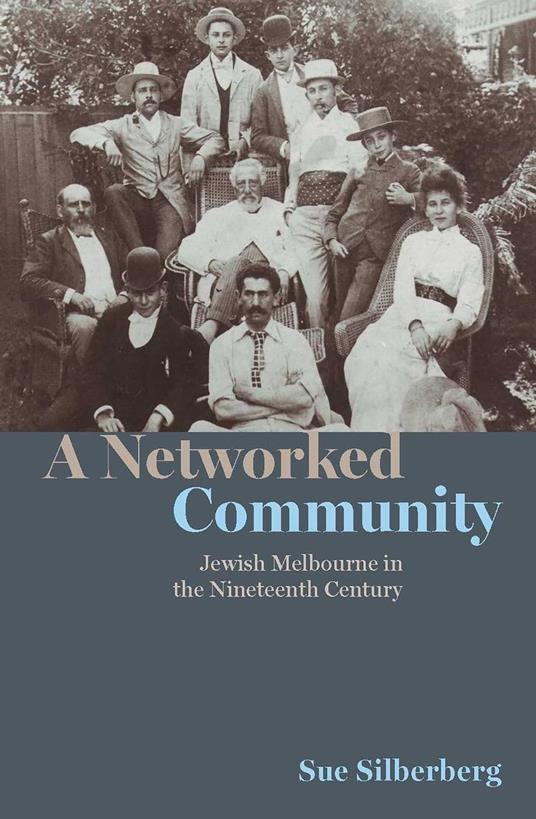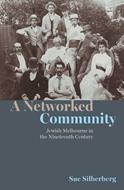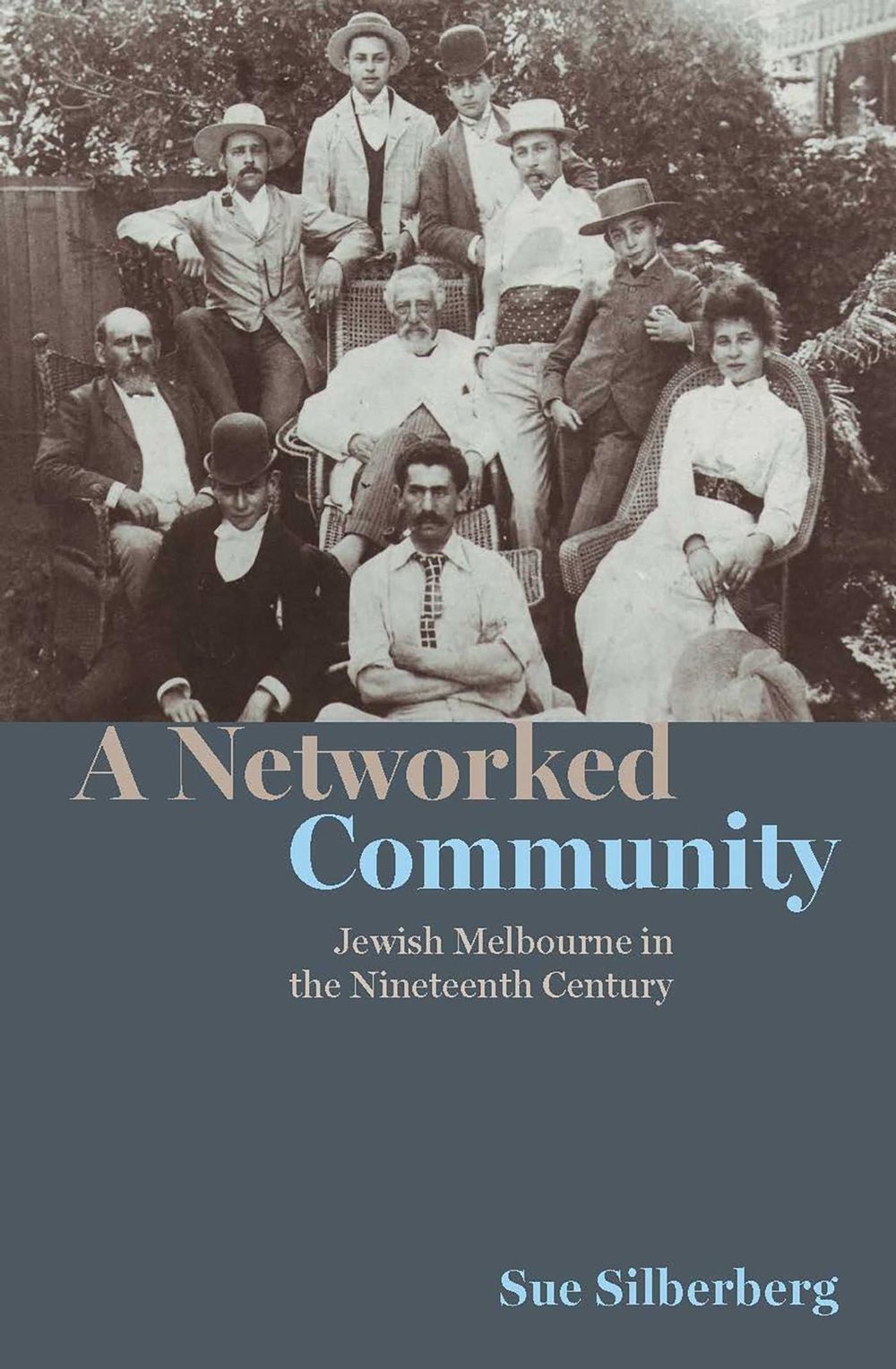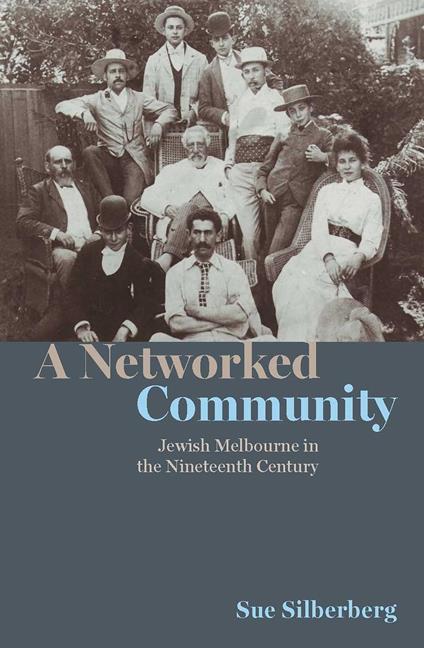Networked Community
In 1835 a renegade group of Tasmanians wishing to expand their landholdings disembarked in what was to become Melbourne. This colonising expedition was funded by a group of investors including the Jewish emancipist Joseph Solomon. Thus, in Melbourne, as in the settlement of the continent itself, Jews were at the foundation of colonisation. Unlike many other settlers, these Jews predominantly came from urban backgrounds. Although principally from London, some of them had experienced other forms of Jewish urbanism—in central and eastern Europe, the Ottoman Empire and the Caribbean—and applied their experience to the formation of a new emancipated conceptualisation of urban Judaism. In Victoria, as in the other new Australian colonies, there were no civil or political restrictions on the Jewish community. With the establishment of Melbourne, Jewish settlers were required to create new communal frameworks and the religious bodies of an active Jewish life. The community's structure and the institutions they founded were a pragmatic response to the necessities of communal formation and the realities of maintaining Judaism within this colonial outpost. As with other Jewish communities in the large centres of the world, they responded to the freedoms of an emancipated society, while the political and social environment of a new city such as Melbourne provided a unique set of opportunities. Unlike in other cities where Jewish property ownership was restricted, here Jews could live and work where they chose, becoming, from the first land sales, investors in property. Subsequently as the city expanded, as developers and builders they influenced the formation of the urban fabric, while their intellectual and economic connections brought new political and intellectual ideas and networks to the colonial experience.
-
Autore:
-
Anno edizione:2020
-
Editore:
-
Formato:
-
Lingua:Inglese
Formato:
Gli eBook venduti da Feltrinelli.it sono in formato ePub e possono essere protetti da Adobe DRM. In caso di download di un file protetto da DRM si otterrà un file in formato .acs, (Adobe Content Server Message), che dovrà essere aperto tramite Adobe Digital Editions e autorizzato tramite un account Adobe, prima di poter essere letto su pc o trasferito su dispositivi compatibili.
Cloud:
Gli eBook venduti da Feltrinelli.it sono sincronizzati automaticamente su tutti i client di lettura Kobo successivamente all’acquisto. Grazie al Cloud Kobo i progressi di lettura, le note, le evidenziazioni vengono salvati e sincronizzati automaticamente su tutti i dispositivi e le APP di lettura Kobo utilizzati per la lettura.
Clicca qui per sapere come scaricare gli ebook utilizzando un pc con sistema operativo Windows



